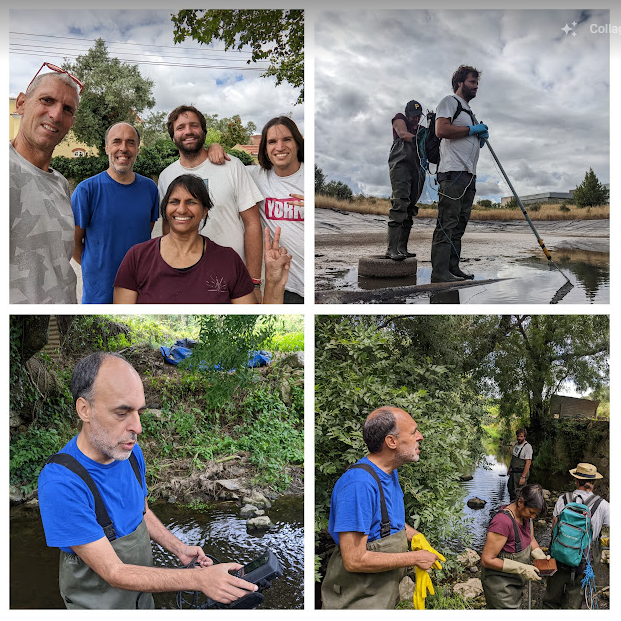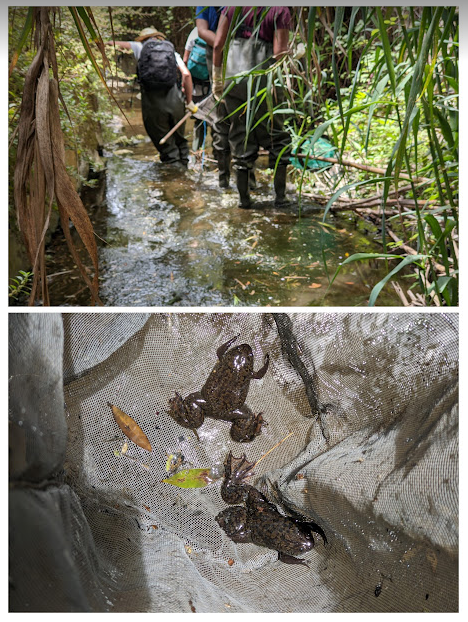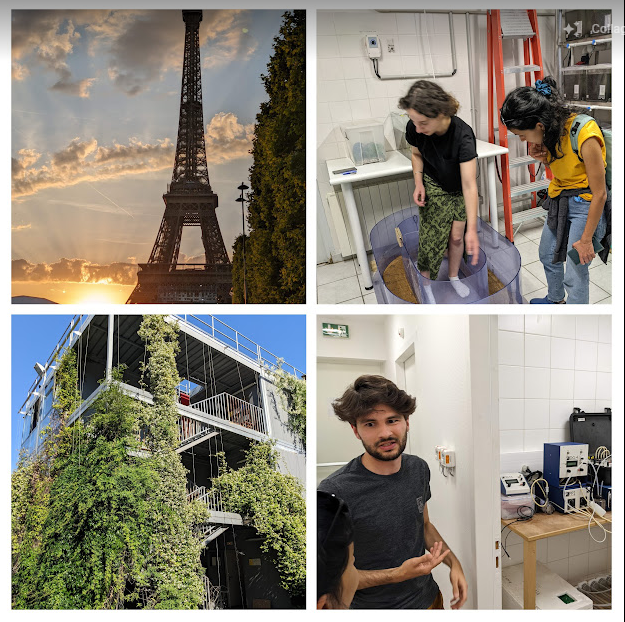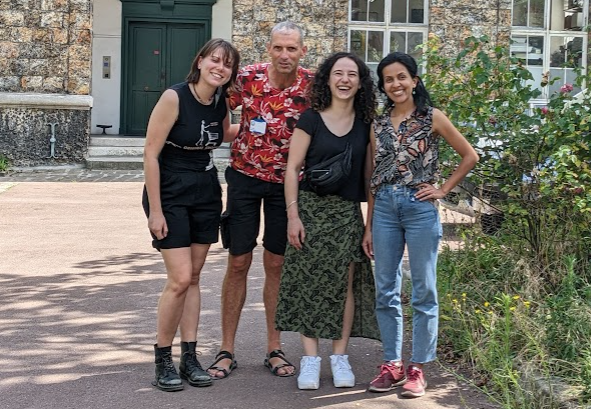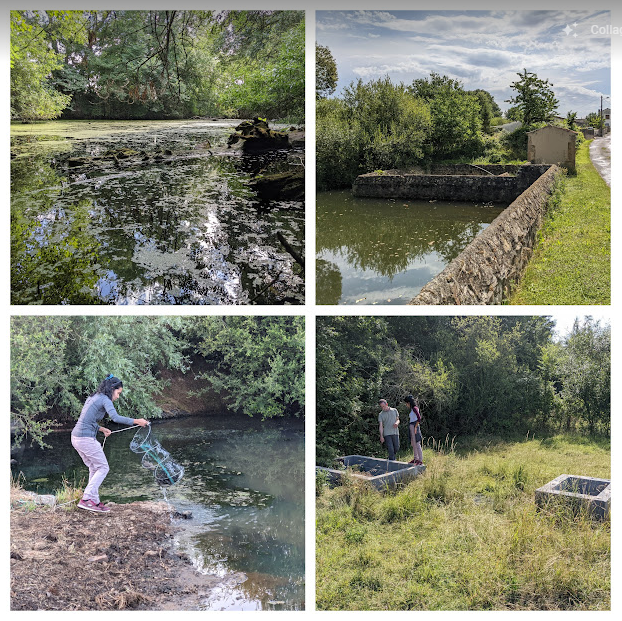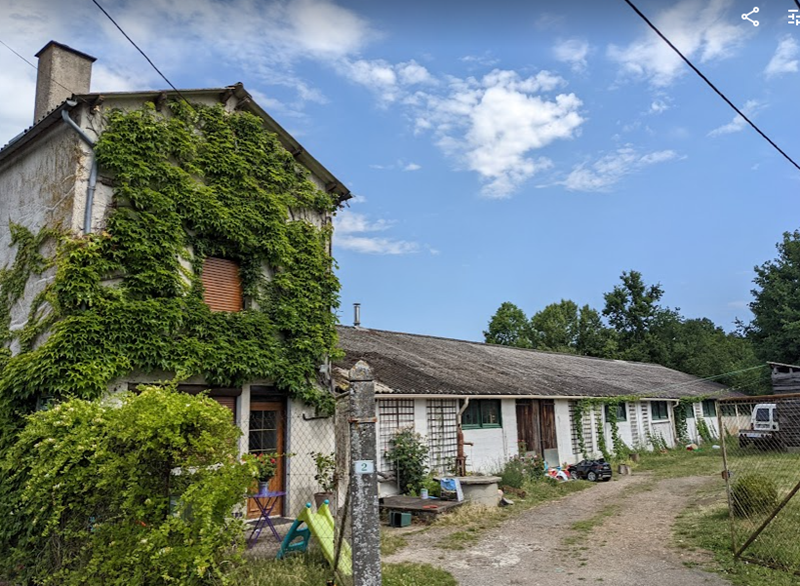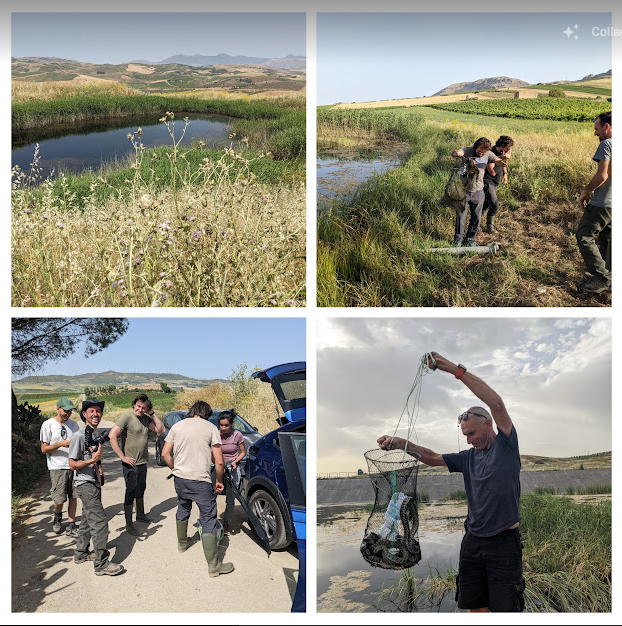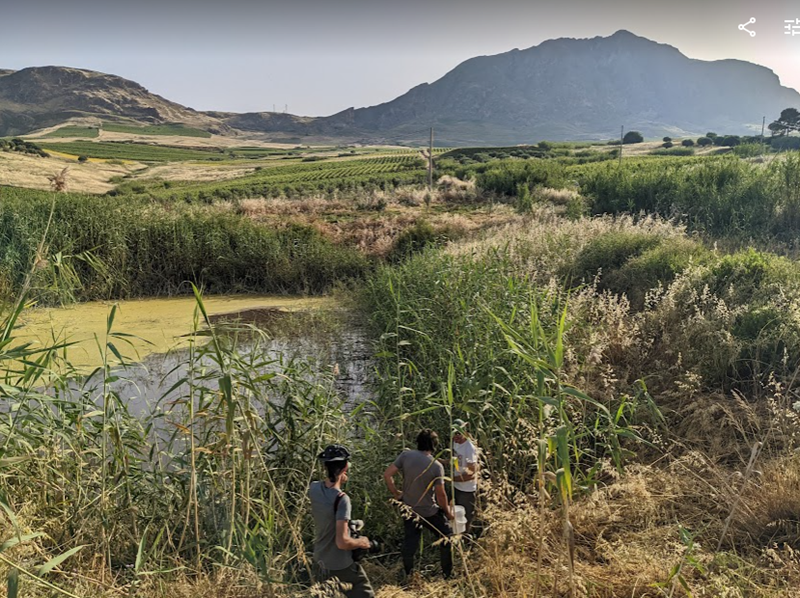Frontiers In - a revolution in publishing or another attempt to grab cash?
Recently, I was asked to join the editorial board of a new Frontiers In title. The new publishing company is currently expanding the number of their titles, and these are becoming more niche to try to dig much deeper into a broader academic base, covering all topics. Frontiers In is aGold OAmodel, and my views on Gold OA publishers (especially the ‘no impact’ journals like those published by Frontiers In) are mixed. On the one hand, I acknowledge that they do remove some of the issues surrounding the filter required for journals preoccupied by their impact, and these are serious issues (seehereandherefor examples). On the other hand, they demand a heavy price for their services.Article Processing Charges(APCs) for their manuscripts currentlystart at $700 and go up to $2950.
What exactly are you paying for?
Like some otherGold OAjournals, Frontiers In are proud to tell you how they are investing your money (or the taxpayers that fund your publishing) into their company. They are certainly setting up lots of new titles in a bid to claim a bigger market share of the billion dollar publishing sector. In accordance withcOAlition S(part of the distinctly dodgy Plan S), they share the different ways in which the money is divided (here), but without telling us the % of APC to each area. Moreover, we cannot get access to their annual reports or public accounting via their website (unlikePLoS), and therefore cannot see what profit is being given to shareholders (or simply into the CEO’s pocket), or how much is available for waivers. All of this information is kept from you. Does that make you suspicious?
Gold OA publishers and their APCs
Because I am already involved in 3Gold OAjournals, I responded to the invitation that I had reservations but would be pleased to meet and discuss the offer. I met with the Journal Launch Specialist and expressed my reservations about becoming an editor for Frontiers In, specifically that their APC pricing policy and lack of sufficient waivers meant that researchers in the Global South were effectively excluded from contributing to their titles without digging into their research funds or their personal pockets. I was assured that Frontiers In is constantly expanding their portfolio of journals in order to give more help to such people. I further explained that this was not my experience, and that my only experience of publishing with them (as a corresponding author) was particularly fraught with respect to the 100% fee waiver (that we did eventually receive, although only after a lot of correspondence). One of the issues with their waiver policy is that authors have to wait until their article is acceptedbeforetheir request for a full waiver is considered. This means that Frontiers In make sure that the authors have invested their manuscript, reviewers’ time and revision time prior to making their decision. I would contend that this effectively locks them in, and I am sure that many are persuaded to part with their own cash rather than pull an accepted manuscript and go through the entire peer review process again at another journal.
What about the fee waiver policy of Frontiers In?
Sadly, it’s a completeblack boxthat the staff are not willing to provide any information on. What I was told is that on completion of a submitted form, the staff will investigate the authors and their previous form to see whether they publish Gold OA. They will also look at their institution to see whether they think it has an existing pot of OA cash. I explained that in fact, many researchers (like myself) are good at getting their papers into Gold OA journals without paying APCs (a complete smogersboard of tactics), and that institutions which claim to have pots of cash for OA often do not have it accessible to all authors, for the entire cost, or for all of the year. In short, Frontiers In are, like other Gold OA publishers, going to try to squeeze every cent that they can from authors to the point where you might be tempted to put in your own cash.
And what is expected of editors?
When I clicked through to look at the agreement that editors are required to sign in order to have the privilege of working to fill the coffers of Frontiers In, I found that you really will be signing up for an awful lot of work. Indeed, I would say that this policy is directly in line with you signing up to be contractually liable as an agent of Frontiers In - while of course you receive none of their cash (seehere).
Pestering Bots
Another issue that I have withGold OApublishers, and specifically with Frontiers In is that I receive so many inappropriate requests for reviews, and indeed to be an editor for special issues (see another blog entry on thishere). I was assured that part of the exorbitant APC that Frontiers In demands is put into their new AI system that is helping them save time and find new reviewers (a fact confirmed by their website). I was told that it really wasn’t possible that I’d receive review requests from areas that were not my speciality because every request was double checked before being sent out. It was very appropriate then that within 24 hours of the meeting, I received a request from Frontiers In Psychology to develop an article collection on a research topic of my choice. The next day I received a review invitation from the Frontiers In Public Health editorial office to review an article on Electronic Medical Records in Angola. I flagged these with Frontiers In, and have been told (very nicely) to ‘unsubscribe’ (who knew that I was subscribed?).
I would contend that the evidence is that the AI bots at Frontiers In are not as good as they think they are, and that there are probably lots more researchers who receive inappropriate and unsolicited offers from their ‘pest bots’.
Bottom line:
- If you are tempted to submit to a Frontiers In journal and you will need a 100% APC waiver, then be prepared to pull your paper after acceptance. There is no guarantee that your 100% fee waiver will materialise, even with the best reasons.
- If we want a publishing route for everyone, then models like Frontiers In are not it. What we need isDiamond OAjournals. These do exist, cost practically nothing and need your support. Unsurprisingly,Diamond OAjournals are not flashy and you won’t be getting lots of pestering emails from them.
- If you support Frontiers In, then you are promoting a model that puts the majority of the world’s scientists at a disadvantage.
Here are some of the requirements that Frontiers In expect of you so that you have the privilege of earning money for them:
- Nominate at least 10-20 potential Review Editors
- Co-edit article collections (Research Topics) - every 1-2 years
- Manage the peer-review of 5-10 manuscripts per year
- Accountability for acceptance of manuscripts
- Each Frontiers Editorial Board member needs to complete his/her profile on the research network Loop - on a public setting
- All Associate Editors attend annual Editorial Board teleconferences
- By agreeing to become an Associate Editor of Frontiers, you are entering into a legal contract with Frontiers.
